|
by Gerry Krzic (K-41) 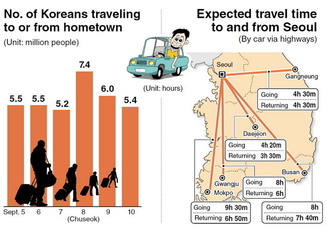 From Korea Herald 09-05-2014 From Korea Herald 09-05-2014 Changes Down the Road? The arrival of the autumn moon (추석) signals a time to give thanks for the abundant harvest of the year. The Korean peninsula pulsates as urban residents head to their rural hometowns to meet relatives and honor their ancestors. In 2014, the 추석 holiday is officially observed from September 7 to 9, but since it includes some weekend days, an extra designated day-off on September 10 extends the celebration to five days (but not for all)! Recent reports in the popular press, indicate that contemporary Korean families are questioning the traditional ways of celebrating the holiday. They cite the stress of the holiday preparation, the prolonged time sitting in highway traffic and the unwanted queries from relatives about personal life choices as just some of the reasons to seek alternate ways to celebrate Korea's Thanksgiving. Whether or not these changes take hold on a large scale remains to be seen. But there is no doubt, one big change is occurring: the countryside that many of the urbanites are returning to is changing. When many Friends of Korea (FOK) members first came to Korea in the 1960’s and 1970’s, the population of rural Korea was robust and Chuseok celebrations in villages were full of activities and people. But, even then, a shift was beginning to take place as Korea began to industrialize and the population began to migrate to the cities. The ramifications of this are evident today as the rural population has dwindled, largely void of young residents. 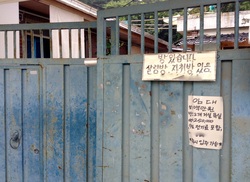 Rural Korea: 2014 (Rooms for Rent) Rural Korea: 2014 (Rooms for Rent) Where is Everyone? Unlike the lively rural atmosphere of the 1970's (above left), the melancholy scene on the right (above) was repeated in the neighborhoods of the villages I visited this past summer. Empty houses and signs for rooms for rent were the norm. Villagers I talked to lamented the absence of youth in the countryside. Indeed, I saw a husbands and wives, usually over 50 years old, working in the fields. In contrast, when I visited cities such as Daegu and Seoul, I was struck by the mix of generations enjoying the glamor and glitter of urban life. While the countryside has shrunk in population, Daegu and Seoul of the 21st century have grown from the 1970's (below left and right). Case Study: Yecheon (예천), Gyeong San Buk Do
How Can Korea Get People Back to the Countryside? So, how can the Korean government get people back to either living or at least re-engaging in the Korean countryside? In the case of Yecheon, here are a few initiatives. 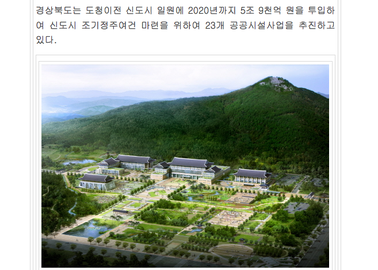 • Government-funded Towns and Offices In the case of the Yecheon area, the Gyeongsan Provincial Government is moving its headquarters from the Daegu area to the Yecheon/Andong area, hoping that will spur development and increase the population. The governor of the province hopes the move will "foster regional balanced development and new growth of North Gyeongsang Province in the future." http://news.gb.go.kr/main/php/search_print_page.php?idx=11756&img=undefined&diaryDate=0000-00-00 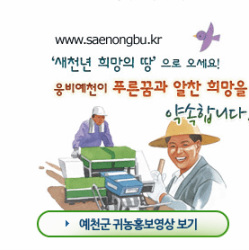 From: http://www.saenongbu.kr From: http://www.saenongbu.kr • "Return to the Farm" (귀농) Campaign The government has also instituted a new movement to encourage Korean citizens to "return to the farm." in this program, the Korean government will provide loans and training on agricultural and business practices. According to news reports based on government statistics, 47,322 households have left the city for rural life. People younger than 50 years of age made up 36% of this number. See http://www.refarm.org and http://www.bloomberg.com/news/2013-03-27/south-koreans-in-farm-u-turn-as-chaebol-era-s-rapid-growth-ends.html 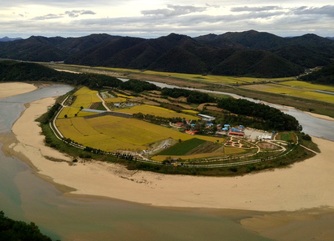 • Promoting Rural Life to Urban Visitors Local governments in areas such as Yecheon are also encouraging visits by urban residents through the promotion of • organic products for sale at local "traditional" markets • local tourism • the clean rural lifestyle "Clean Yecheon." During my visit to Yecheon, I saw busloads of visitors from Daegu coming to purchase fresh vegetables and products from the local market. They were also coming to visit Hoeryongpo (회룡포), billed as an "island village" in the Naeseongcheon River and made famous in the 2002 Korean drama "Autumn in My Heart." http://english.visitkorea.or.kr/enu/SI/SI_EN_3_1_1_1.jsp?cid=805822 Finally... Whether or not the traditional ways of celebrating Chuseok (추석) change in the future remains to be seen. Attitudes toward traditional customs and the realities of demographic changes will surely have an impact. However, in 2014, we are still seeing the families gathering and thanks being given for the good fortune bestowed upon the lives of the people on the peninsula. What do you think will happen to Chuseok celebrations in the future? What will impact will the changing demographics have upon society? Feel free to leave comments. And before you go, in the best spirit of Chuseok tradition, let's honor the past and enjoy the present. Here are some pictures from the 1970/80s and contemporary Korea (pictures usually taken from the same locations).
6 Comments
|
Details
Friends of Korea
This is a BLOG for and about Friends of Korea. Archives
May 2019
Categories |
2021 L Street, NW
|
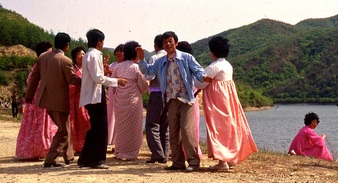
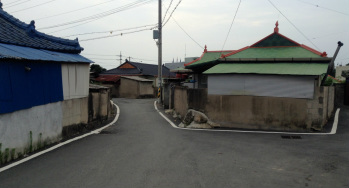
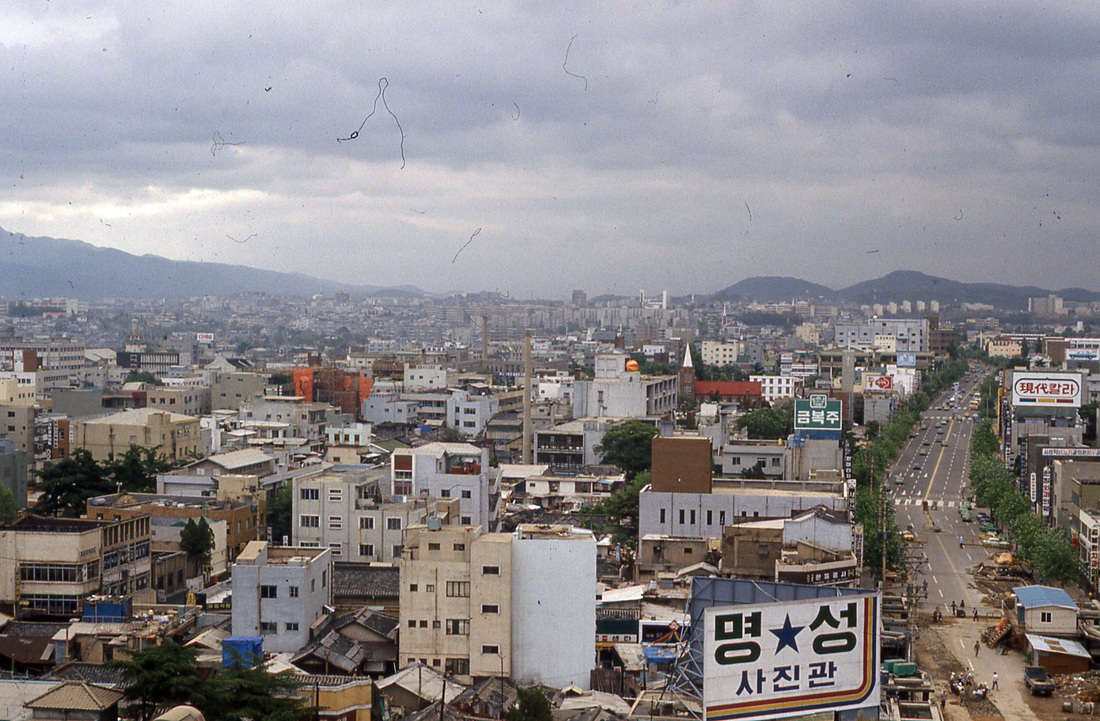
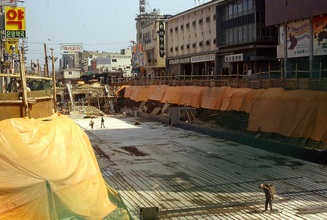
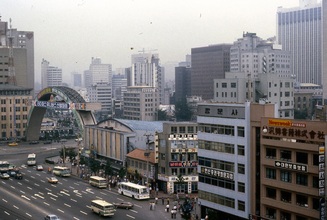
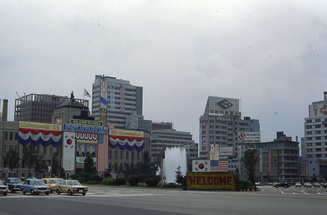
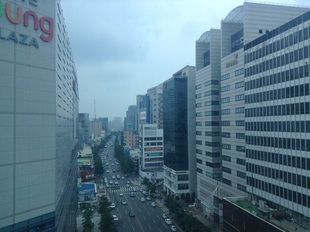
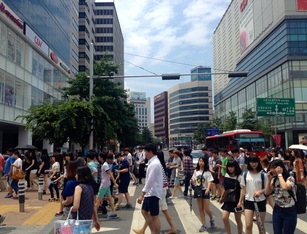
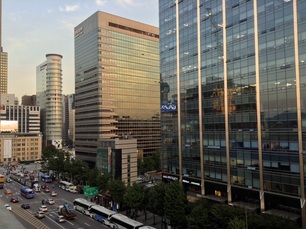
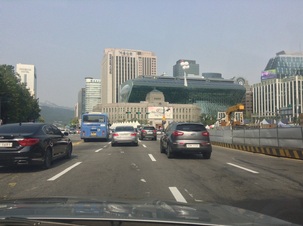
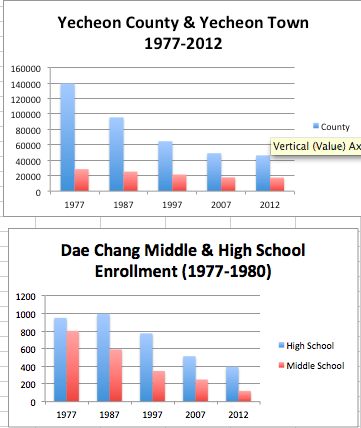
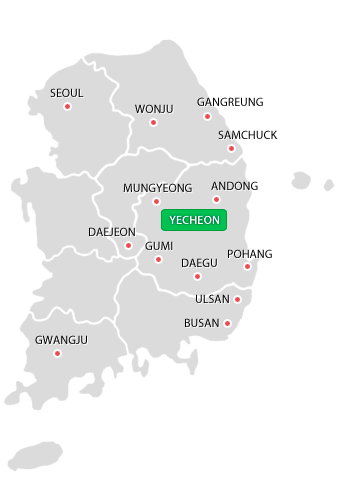
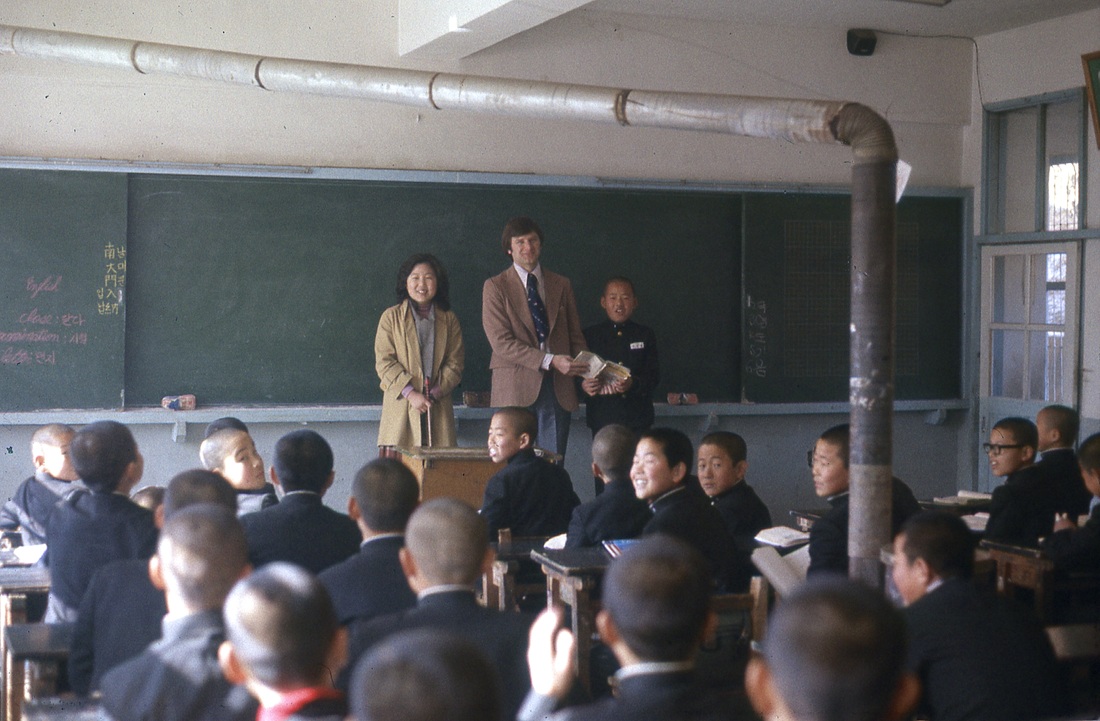
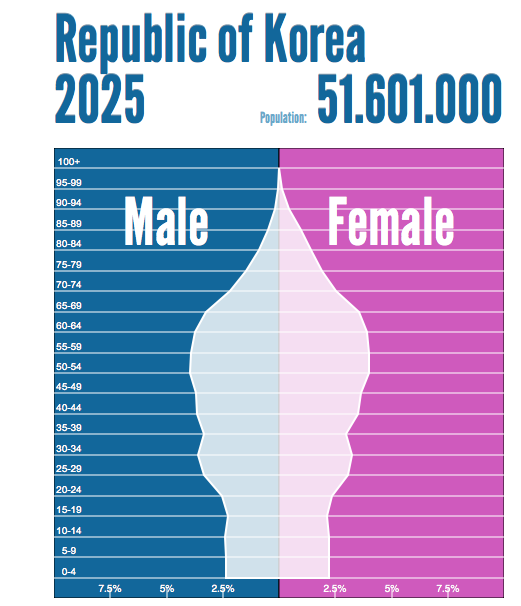
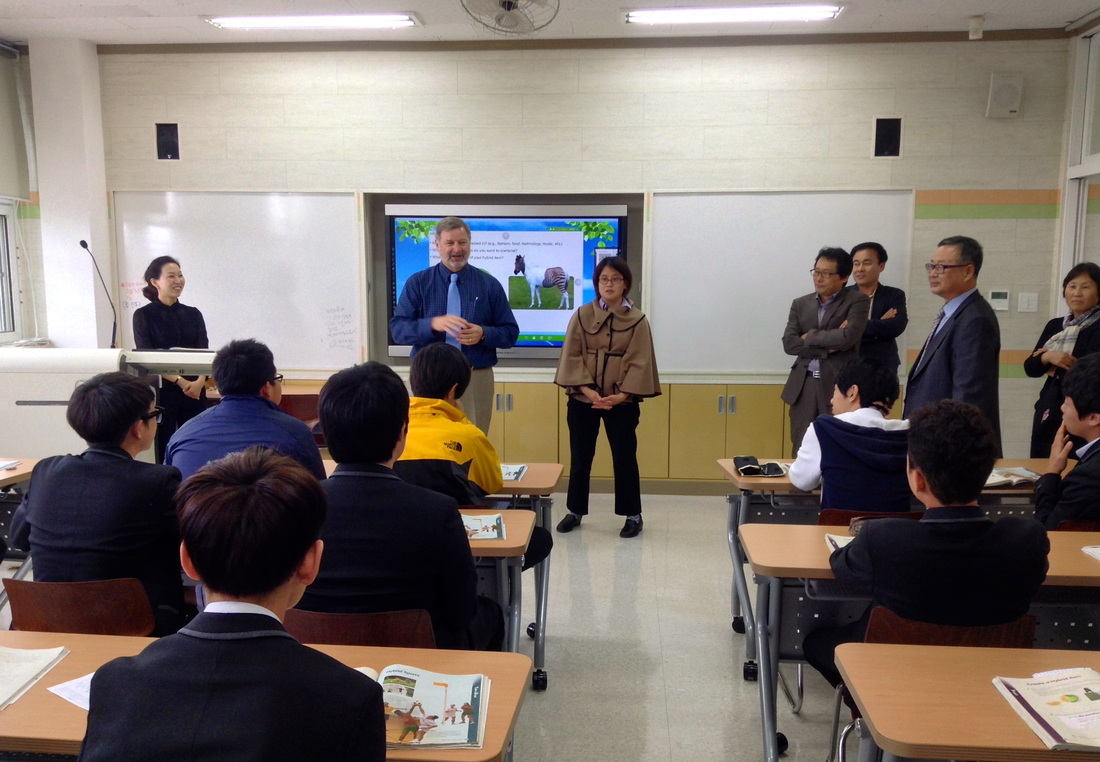

 RSS Feed
RSS Feed

